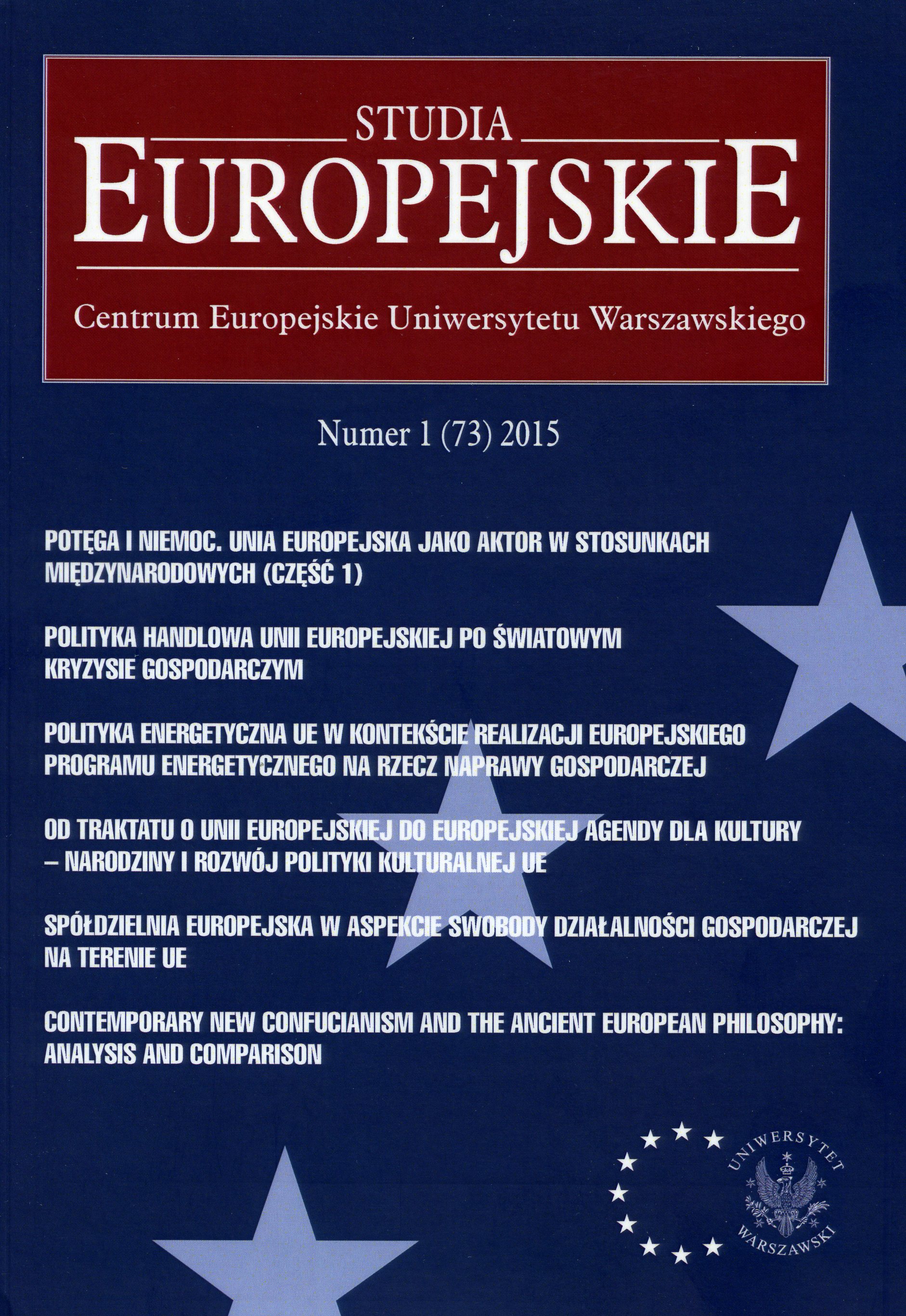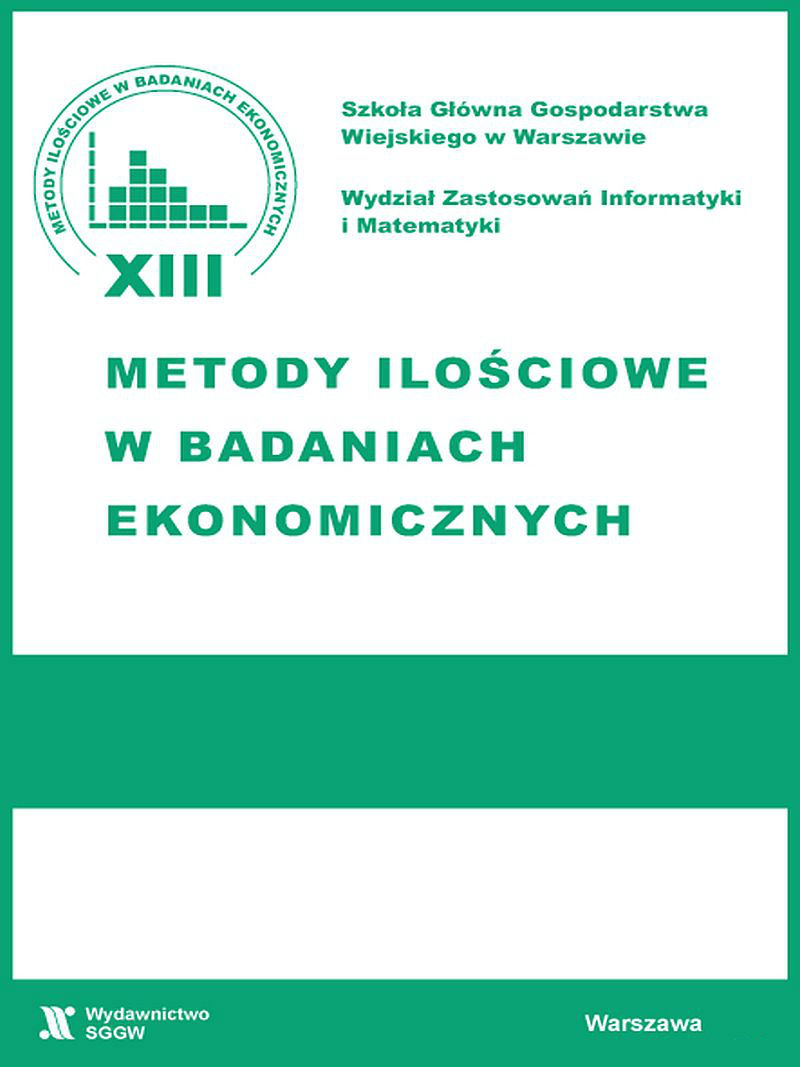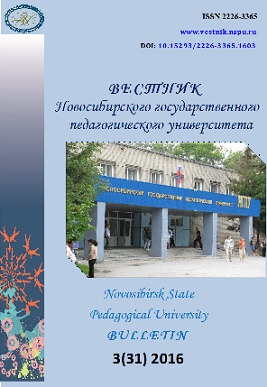Using Game Theory in Decentralization and Policy Making
Since 1994, Moldova engaged in a systematic process of devolution by recognizing the need to share substantial powers to its sub-national governments. Devolution remains yet largely an asymmetrical endeavor prone to conflicts and centrifugal rifts. By 1994 Constitution, some territories have been entitled to get far-reaching devolved powers, while others remained the object of centralist policies, receiving but some embryonic shares of self-governance. As part of its domestic conciliation policy, Moldova recognized a sort of ‘internal self-determination’ to the region of Gagauz settlements, suggesting a readiness to employ this model for another conflict-prone region Transnistria. Any variable of political settlement will extensively depend not only on the legal and political elements of the negotiated status-quo, but also on the strategic interaction of domestic actors, national-wide consensus on the costs and benefits of integration, external actors agenda, as well as on the perceived success or failure of the regional autonomy devolution. This region represents only 4.5% of the country’s population; central government faced a challenging task to reconcile the special provisions of the Gagauz autonomy, making sure that the national legislation is also homogenously implemented across the country. This reflects an essential asymmetry between the ‘conventional SNGs’ and other SNG belonging to the Gagauz region. Devolution is also advancing for cities and villages, but their autonomy is rather limited. Based on local autonomy principles, Government pursues the objective to define and implement a strategy of devolution, first of all as a matter of political necessity, and second as an element of its adaptation to the norms and standards of local governments in Europe. These asymmetries create a playground for increased interactions between the agents of this game, with rules, tradeoffs that can be modeled with the game theory variations.
More...





